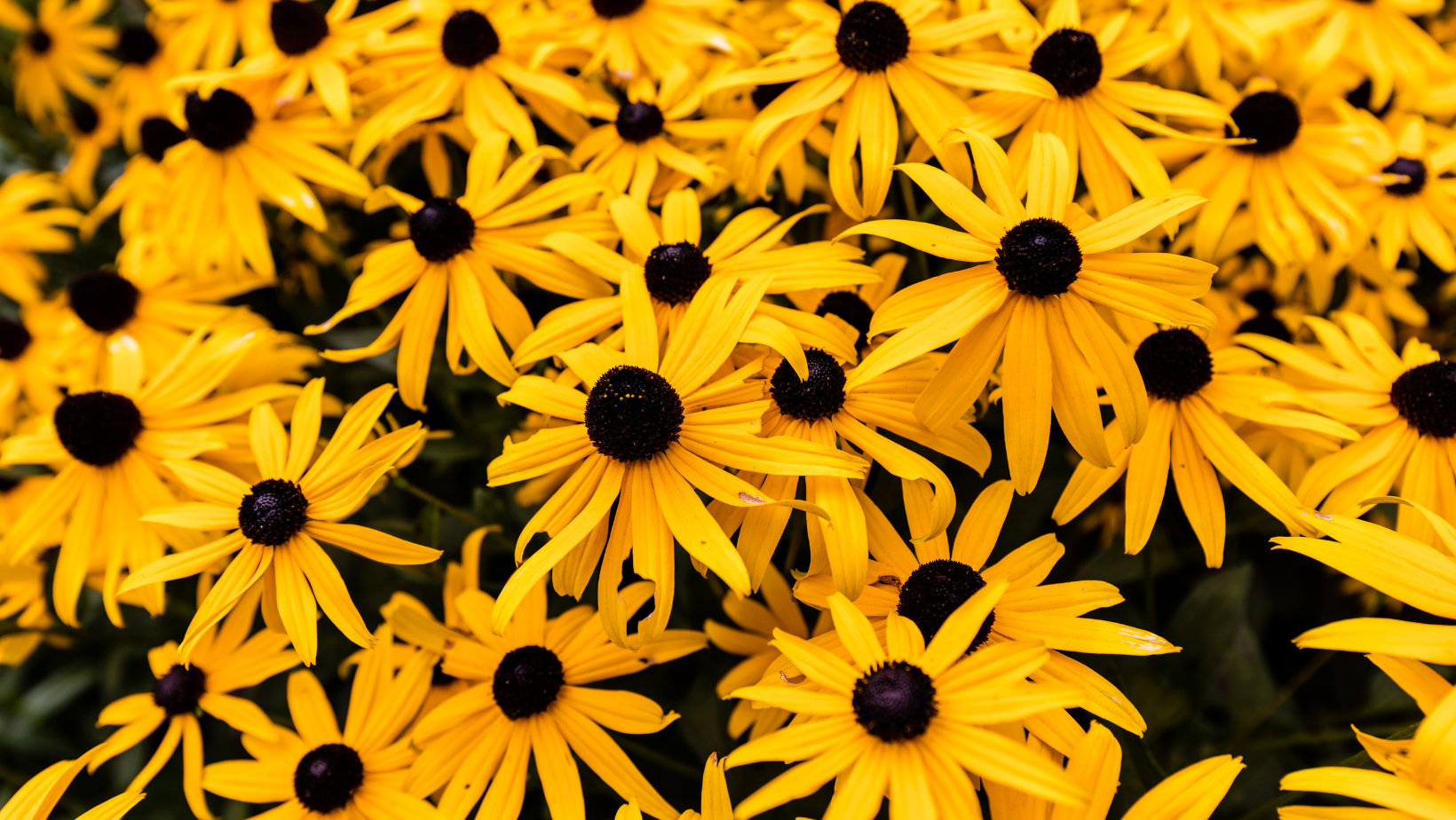Native plants for pollinators
A beginners guide to native gardening in Virginia
One of the key advantages of planting native species is that it is one of the most effective methods for safeguarding native bees and other pollinators.

Wildlife and the environment receive numerous benefits from native plants. These plants have evolved in specific regions under particular conditions, requiring less maintenance and naturally offering advantages such as reducing stormwater runoff, enduring local weather conditions, and providing habitats for wildlife.
One of the key advantages of planting native species is that it is one of the most effective methods for safeguarding native bees and other pollinators.
Unfortunately, native landscaping remains uncommon in the US and might seem like a daunting undertaking for many people. However, it doesn’t have to be. Learn more about native plants and begin integrating them into your environment.

Definitions
Native Plant Species
Plants that occur in the region in which they evolved. Plants evolve over geologic time in response to physical and biotic processes characteristic of a region: the climate, soils, timing of rainfall, drought, and frost; and interactions with the other species inhabiting the local community.
Alien or non native plants
Every plant is native to somewhere. When we talk about native plants, we typically refer to plants from pre-European colonization or that arrived in a region without human transport. There is debate regarding this distinction but most agree anything brought to Virginia after European settlement would not be considered native.
Alien plants can include many beneficial plants important in farming, such as vegetables and grains. Today, approximately 25% of flowering plants in North America are non-natives or alien species, most of Eurasian origin.
Invasive species
Introduced alien species that cause health, economic or ecological damage in their new range. These plants are out of place and outcompete native plants.
Noxious weeds
This term is used somewhat interchangeably with invasive species. In Virginia, state code defines noxious weeds more specifically as species “whose introduction causes or is likely to cause economic or environmental harm or harm to human health”.
Native plants cannot be invasive and provide the most benefits to the environment, wildlife and native pollinators. Some native plants are more aggressive than others but they are never considered invasive.
Alien species, particularly annual plants, can be noninvasive but do not provide the same level of benefit to the environment.
Invasive species are alien and aggressive and should be avoided.


Topics
Authors
Elly Boehmer
State Director, Environment Virginia
A former canvass director and organizer with Impact, Elly now directs Environment Virginia's efforts to promote clean air, clean water and open spaces in Virginia. Elly lives in Richmond, Virginia, where she enjoys gardening, photography, hiking and rollerblading with her dog.
Find Out More

Guide to planting a pollinator-friendly garden

Green schools guide

Recording from our January Save the Bees webinar


